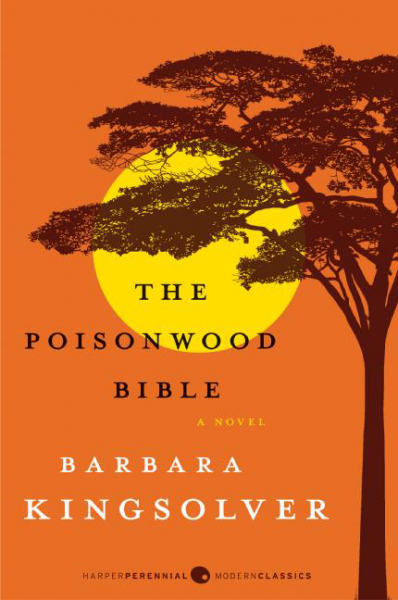
And the Congo itself: its flora and fauna, sounds and smells, language and art, its spirituality. The idea seemed so compelling, but to write a novel like that, I would have to know a million things: political history, CIA secrets, the quotidian details of missionary life (because of course, these characters would be Christian missionaries), the teenage culture and language of the late 1950s.


And what if I placed them in the Congo, right at the moment when it's trying to throw off colonial rule? The characters would be ignorant of the political drama around them, but the reader would see everything. I began to imagine a household of teenaged daughters under the insufferable rule of an autocratic father, as a microcosm of the Congolese conflict. The story of the CIA-backed coup in the Congo in 1960 struck me as the heart of darkness in a nutshell. The analogy struck me as novelesque: a study of this persistent human flaw – arrogance masquerading as helpfulness – could be a personal story that also functioned as allegory. It's an analysis of US foreign policy that lays bare the business of governments making enemies by overruling the autonomy of developing nations, much the way a condescending parent would rule a child. The whole thing began around 1985 when I read a book called Endless Enemies, by g. So the files grew fat, in proportion to my angst about the undertaking. I did not believe I would ever be writer enough to do it. Into that cabinet I stuffed notes, clippings, photographs, character sketches, plot ideas, anything that struck me as relevant to the huge novel I wished I could write. B efore I wrote The Poisonwood Bible, it haunted my office for a decade in the form of a file cabinet labelled "DAB" – the Damned Africa Book.


 0 kommentar(er)
0 kommentar(er)
